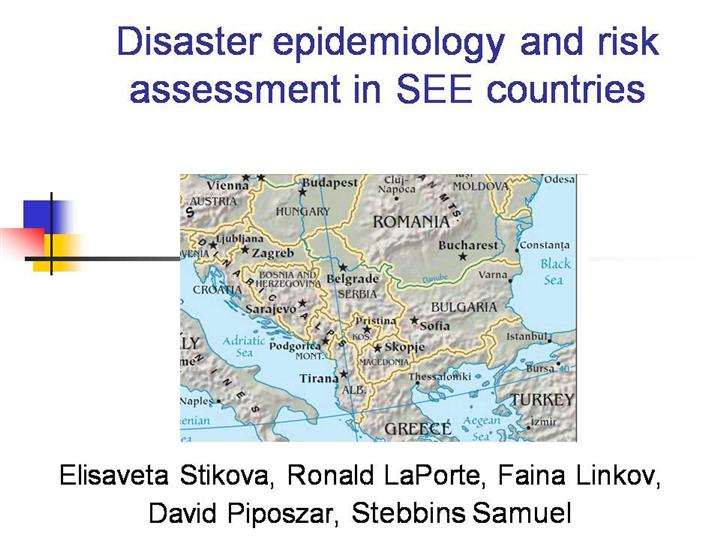| front |1 |2 |3 |4 |5 |6 |7
|8 |9 |10 |11 |12 |13 |14 |15 |16 |17 |18 |19 |20 |21 |22 |23 |24 |25 |26 |27 |28 |29 |30 |31 |32 |33 |34 |35 |36 |37 |38 |39 |40 |41 |42 |43 |44 |review |
 |
South East European (SEE) countries have history of devastating earthquakes, floods, landslides, drought, extreme temperature, wildfires and windstorms that have caused economic and human losses across the region. Often these disasters, which transcend borders, overwhelm the management capacity of a single country. Also, the level of preparedness and prevention varies from country to country, and regional cooperation does not exist to the extent necessary. Because of this high vulnerability, and the relatively small size of the countries in the SEE region, as well as the historical links between them, it will be more efficient and economically prudent for the regionís countries to cooperate in the areas of education and disaster preparedness and prevention. The presented data in this lecture refer to the selected countries from SEE region even thought regional analysis of disaster impact and risk assessment is made using the analysis for all 10 SEE countries.
|